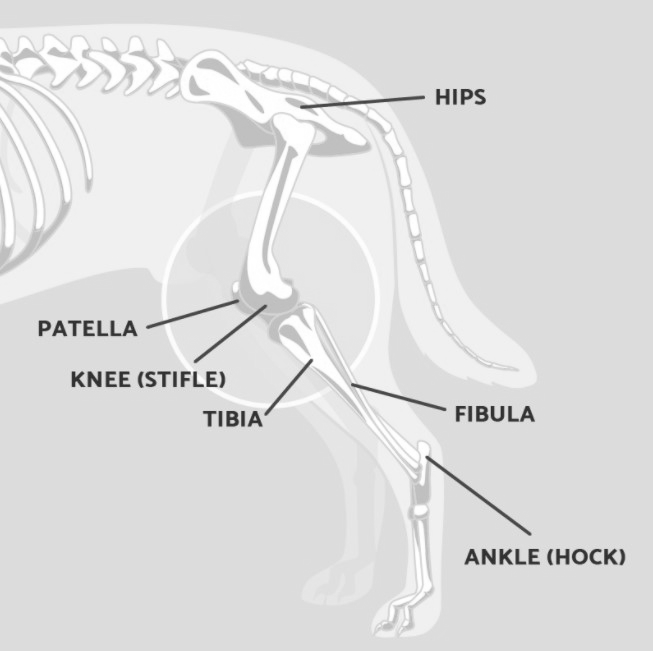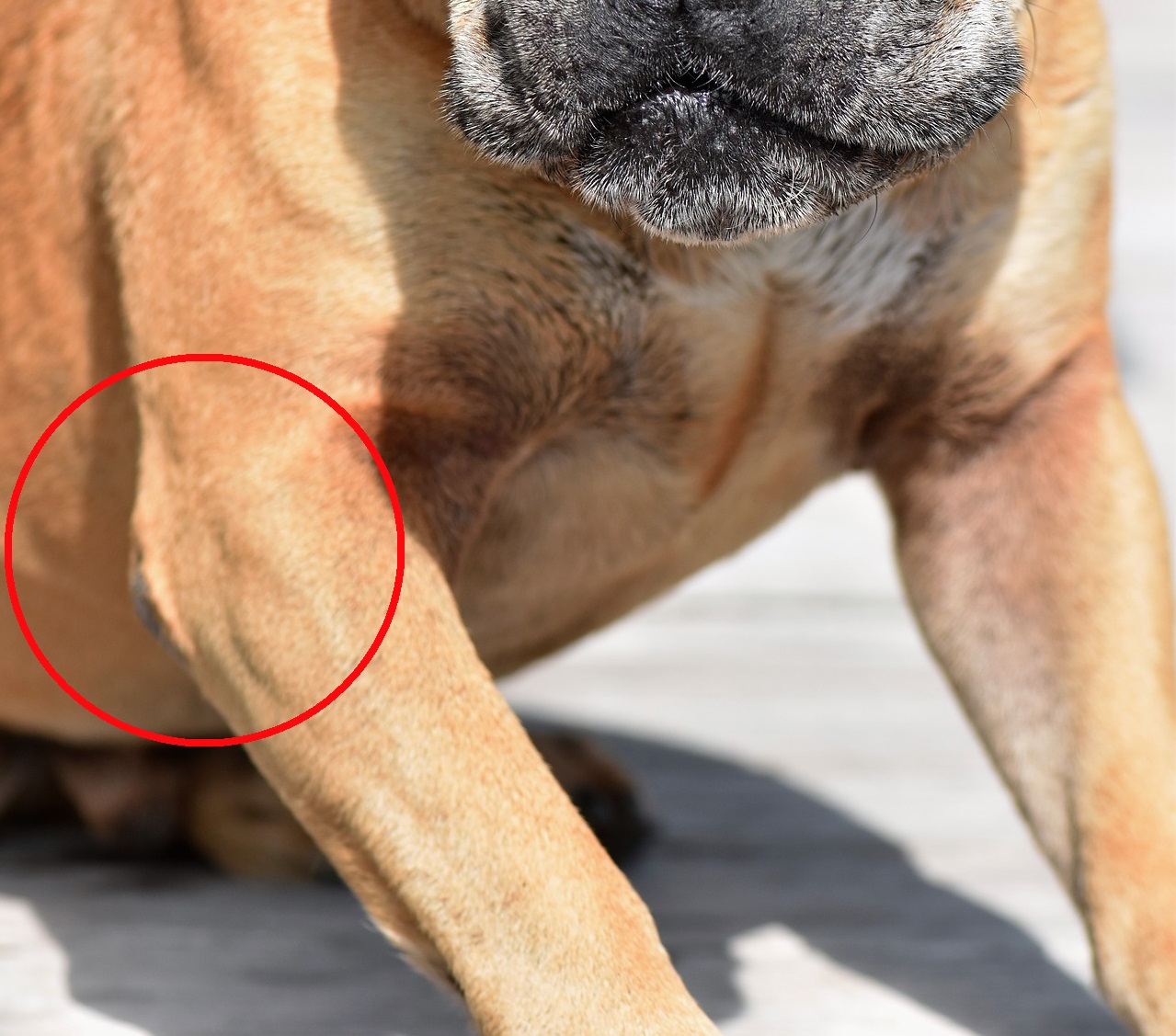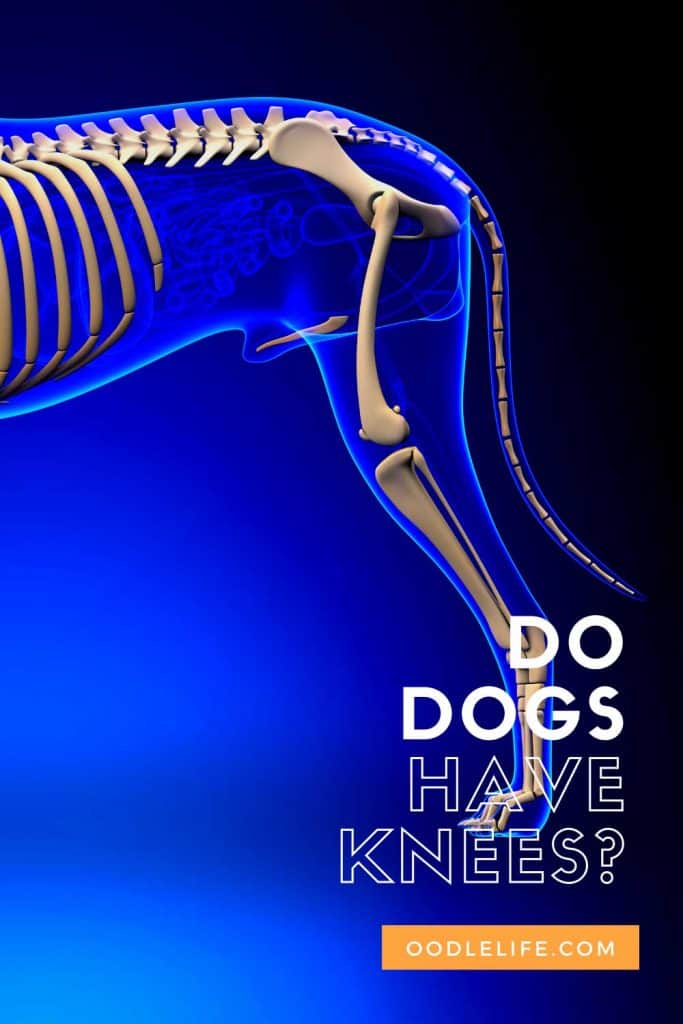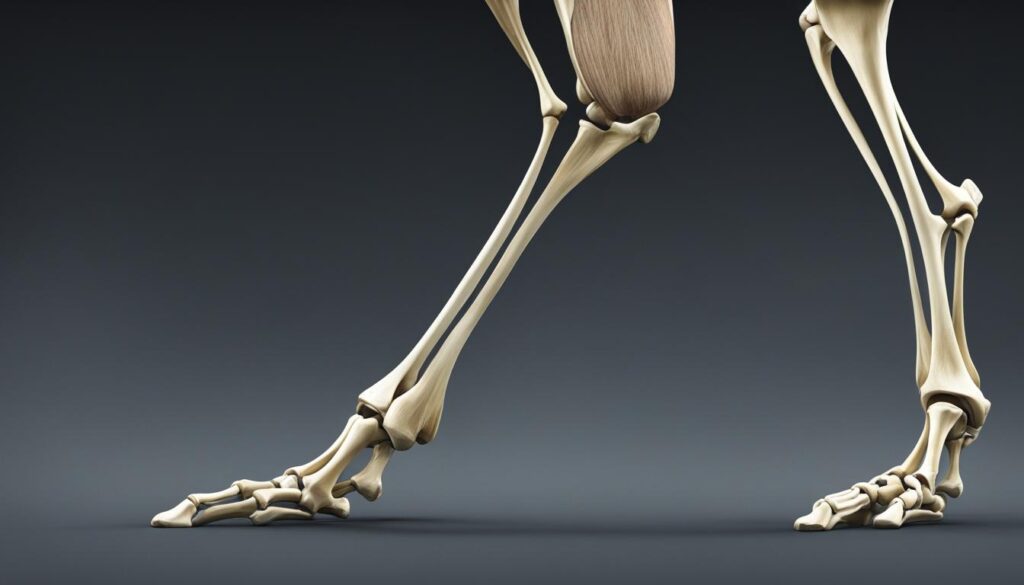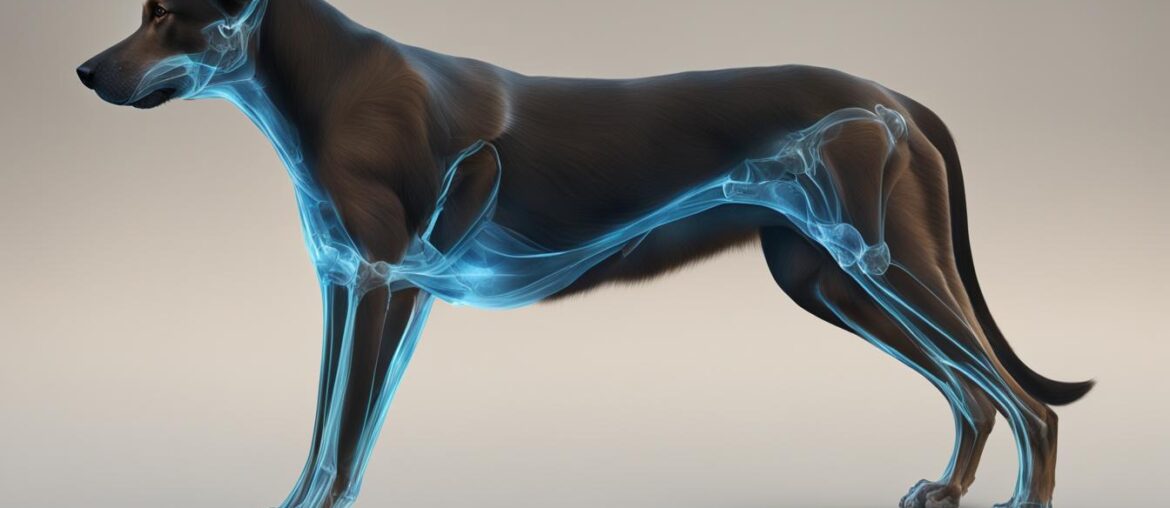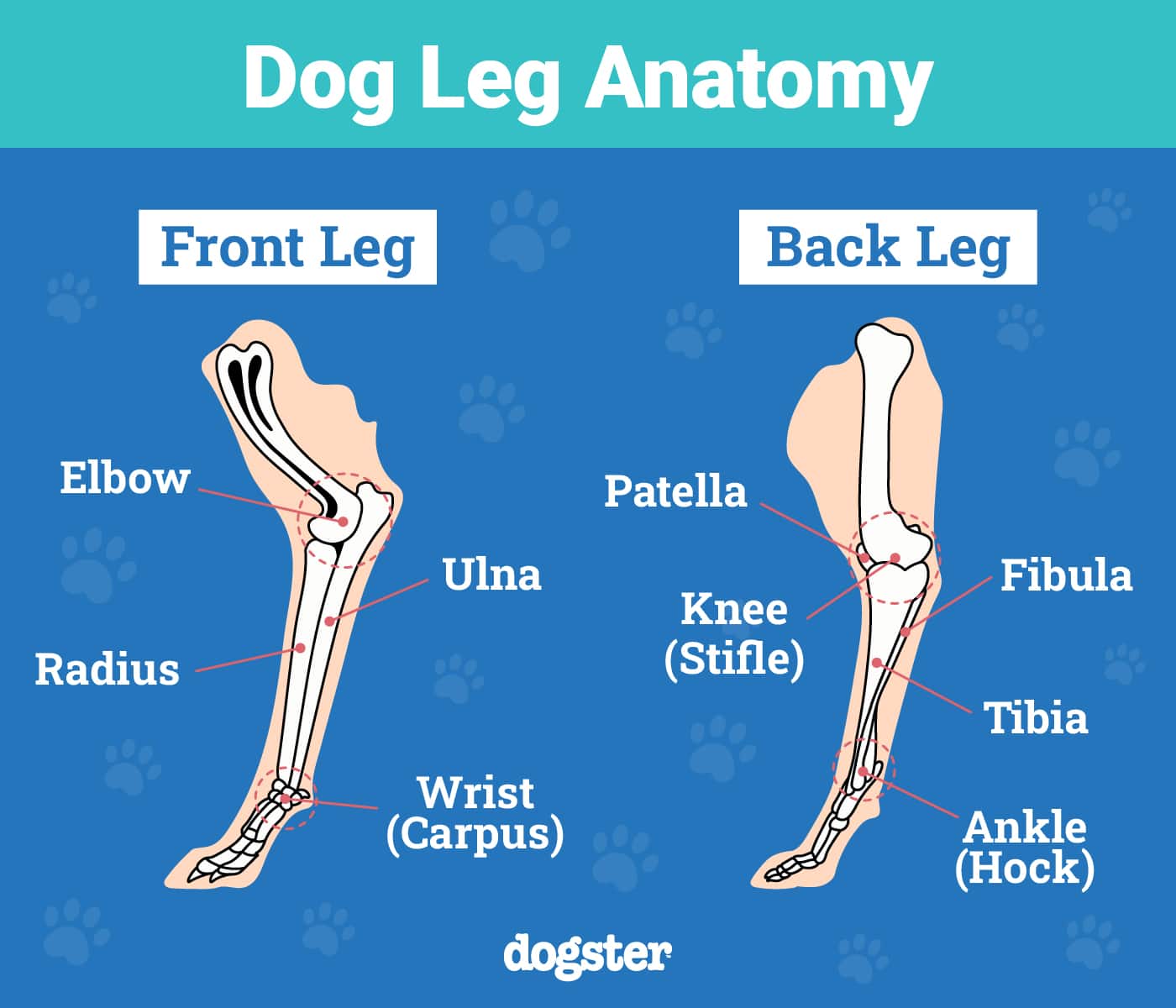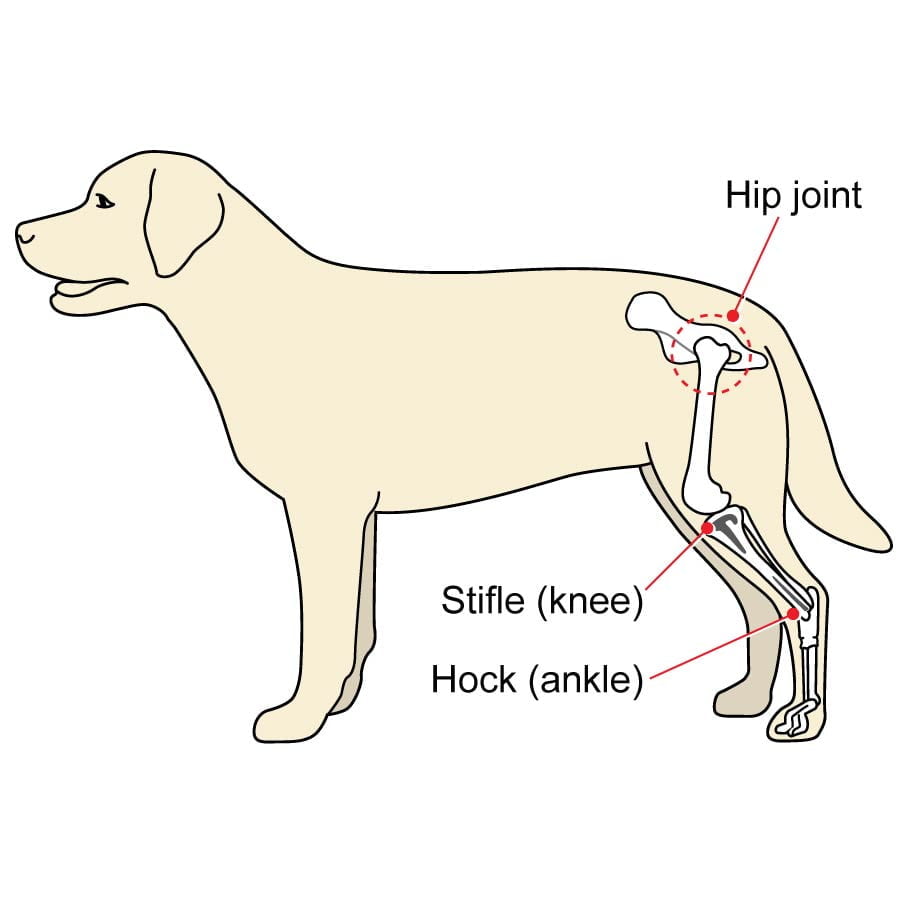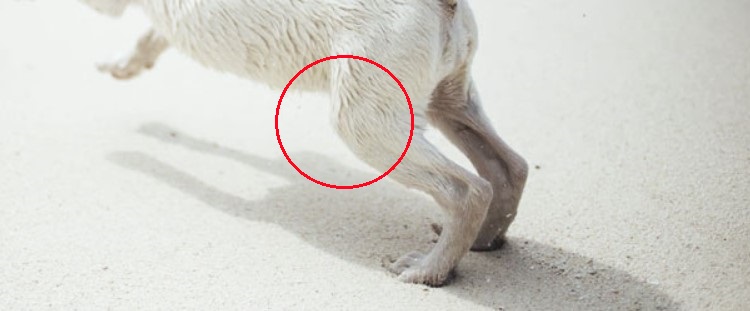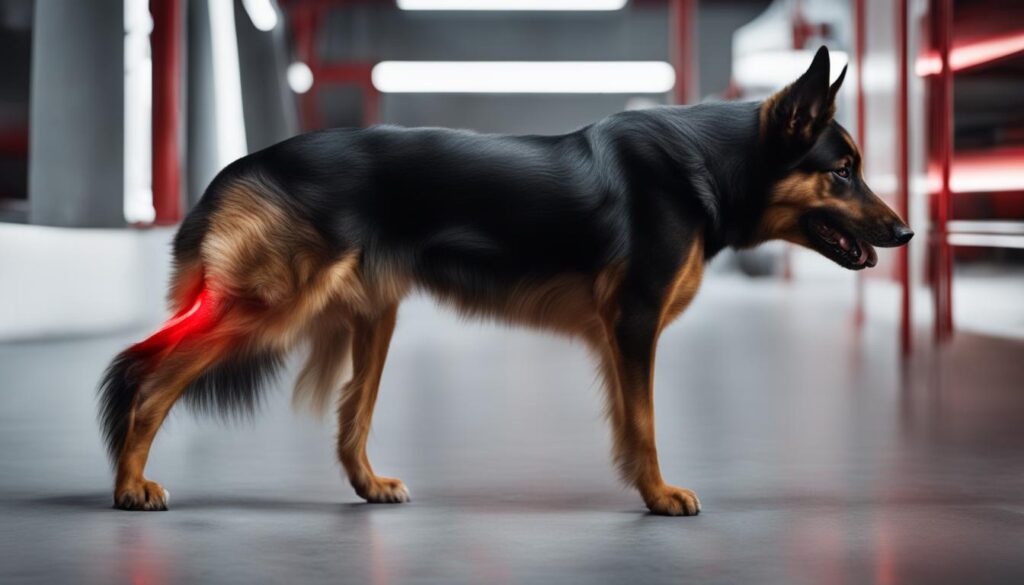Do Dogs Have Knees Or Elbows
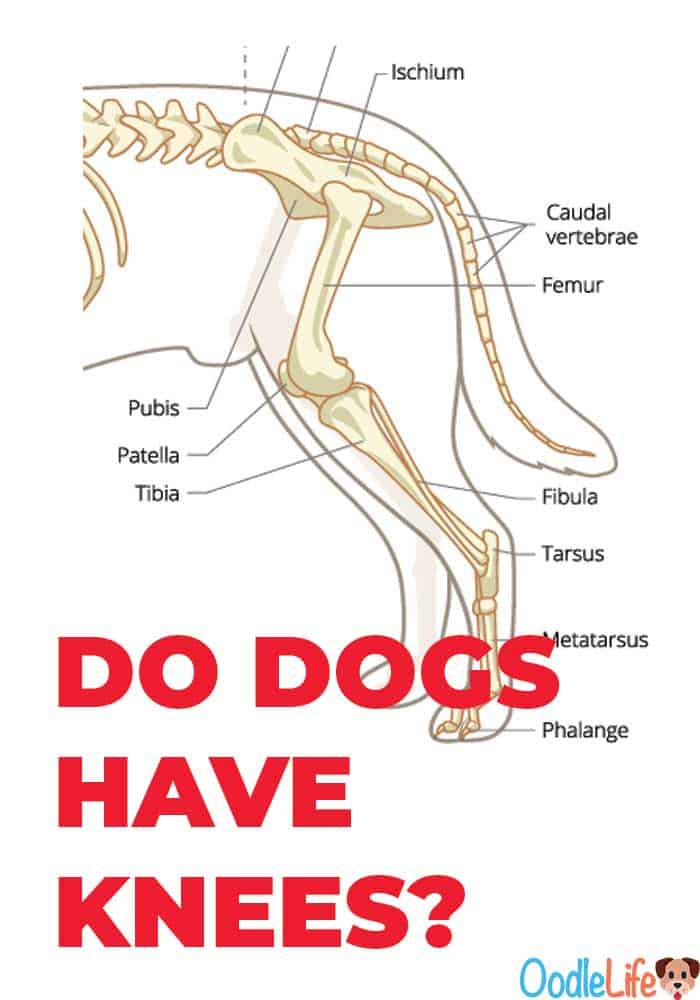
Imagine watching your dog bound effortlessly across a park, their legs a blur of motion as they chase a frisbee with unbridled joy. You might wonder, as they leap and twist, about the mechanics behind their incredible agility. Is it their knees propelling them forward, or could it be elbows lending them that extra spring? The answer, surprisingly, isn't as straightforward as you might think.
The burning question of whether dogs have knees or elbows has sparked countless debates among pet owners. Despite the confusion, understanding canine anatomy is essential for every dog lover. This article delves into the fascinating world of canine anatomy. We will explore the truth behind those seemingly perplexing joints.
Understanding Canine Anatomy
To understand the difference between a dog's "knee" and "elbow," we need a brief anatomy lesson. Dogs, like humans, are vertebrates with a skeletal structure remarkably similar to our own. The key lies in recognizing the corresponding bones and joints in their limbs.
The front legs of a dog consist of the shoulder, humerus (upper arm bone), radius and ulna (lower arm bones), carpus (wrist), metacarpals (paw bones), and phalanges (toe bones). The hind legs include the hip, femur (thigh bone), tibia and fibula (lower leg bones), tarsus (ankle), metatarsals (paw bones), and phalanges (toe bones). Recognizing these segments is the first step in understanding the function and location of those pivotal joints.
The "Knee" Dilemma: It's Actually a Stifle
What we commonly perceive as a dog's knee is technically called the stifle joint. According to the American Kennel Club (AKC), the stifle joint is analogous to the human knee. It’s located where the femur meets the tibia and fibula.
This joint plays a crucial role in a dog's locomotion. It allows for a wide range of motion, enabling them to run, jump, and climb with ease. The stifle is stabilized by ligaments, including the crucial cranial cruciate ligament (CCL), which is equivalent to the human ACL.
Injuries to the stifle joint, particularly CCL tears, are common in dogs.
"CCL injuries are one of the most frequent orthopedic problems seen in veterinary practice,"states Dr. James Gaynor, a board-certified veterinary surgeon. These injuries can cause significant pain and lameness, often requiring surgical intervention.
The "Elbow" Explained: A Hinge Joint
The dog's elbow joint is found on their front legs. It's formed where the humerus meets the radius and ulna. This joint is a simple hinge joint, allowing for flexion and extension of the front limb.
The elbow is vital for weight-bearing and shock absorption. Like the stifle, the elbow is prone to certain injuries and conditions, such as elbow dysplasia. This is a genetic condition characterized by abnormal development of the elbow joint.
Elbow dysplasia can lead to arthritis and pain. The Orthopedic Foundation for Animals (OFA) provides certification for dogs who have been screened and found to be free of elbow dysplasia. This is crucial for breeders to help reduce the incidence of this condition in future generations.
Why the Confusion?
The confusion between knees and elbows likely stems from the different posture of dogs compared to humans. Humans are bipedal and stand upright, showcasing a clear visual difference between the knee and elbow joints. Dogs are quadrupeds, walking on all fours. Their hind legs appear to bend backward, unlike our knees.
This difference in posture makes the stifle joint look like it bends the "wrong" way. This leads people to assume it's an elbow. Furthermore, the thick fur and muscular structure around these joints can obscure their precise location and function, adding to the confusion.
Another factor contributing to the misunderstanding is simply common language. It's easier to refer to a dog's "knee" than to use the technically correct term, "stifle." This casual usage reinforces the incorrect association over time.
The Importance of Proper Terminology
While using the term "knee" might seem harmless in casual conversation, understanding the correct terminology is important for several reasons. Accurate communication is crucial when discussing a dog's health with a veterinarian.
Using the right terms ensures that the veterinarian understands exactly which joint is being referred to. This leads to a more accurate diagnosis and treatment plan. For example, a dog owner who describes pain in their dog's "knee" might actually be referring to their stifle. This misunderstanding could lead to confusion and delay appropriate treatment.
Additionally, knowledge of canine anatomy helps dog owners better understand potential health problems. Knowing the location and function of the stifle and elbow joints allows owners to recognize signs of injury or discomfort early on. Early detection can often lead to more effective treatment and improved outcomes.
Caring for Your Dog's Joints
Regardless of whether you call it a knee or a stifle, caring for your dog's joints is paramount to their overall health and well-being. Maintaining a healthy weight is one of the most important things you can do. Excess weight puts extra stress on the joints, increasing the risk of injury and arthritis.
Regular exercise is also essential for joint health. Exercise helps to strengthen the muscles surrounding the joints, providing support and stability. However, it's important to choose appropriate exercises and avoid overexertion, especially in young or senior dogs.
A balanced diet, rich in omega-3 fatty acids and joint-supporting supplements like glucosamine and chondroitin, can also help to maintain healthy joints. Consult with your veterinarian to determine the best diet and supplement plan for your dog's individual needs.
Conclusion
So, does a dog have knees or elbows? The answer is both! While the term "knee" is commonly used, the anatomically correct term for the joint in a dog's hind leg is the stifle. They also have elbows in their front legs. Understanding the difference between these joints is more than just a matter of semantics.
It's about gaining a deeper appreciation for the intricate anatomy of our canine companions. By learning about these joints, we can better understand their movements, prevent injuries, and provide them with the best possible care. It allows us to be better advocates for their health and happiness.
Next time you watch your dog running and playing, take a moment to appreciate the complexity of their musculoskeletal system. Remember, those powerful hind legs aren't powered by "knees," but by the equally important and complex stifle joint. And those front legs? They’re propelled by sturdy, dependable elbows, working together to bring your furry friend endless joy and movement.
